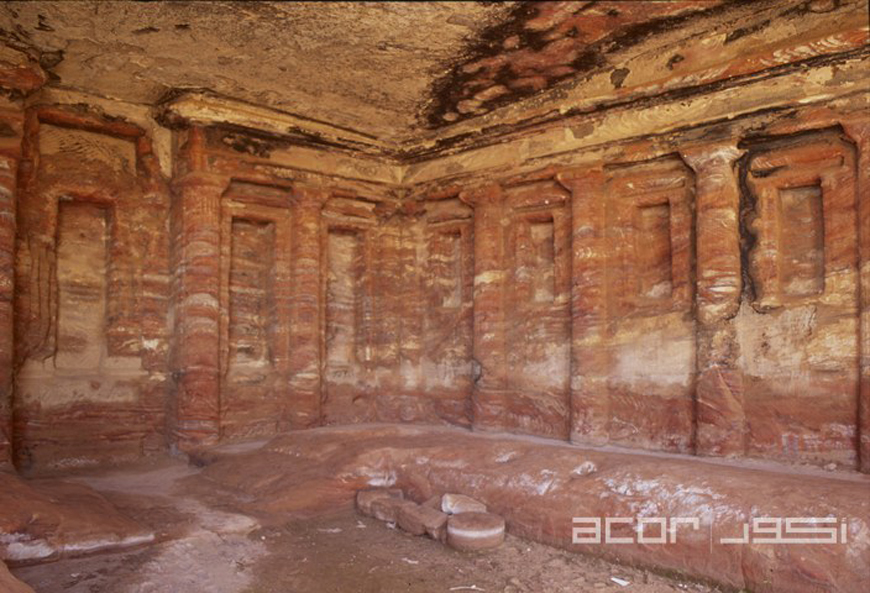AMMAN — The presence of several natural springs in Petra, along with the Nabataeans’ mastery of hydraulics and water harvesting, provided an abundance of water in a very arid area, noted a Canadian archaeologist.
Petra, some 220 kilometres south of Amman, occupied a strategic position between Egypt, Arabia and the Mediterranean region and into Mesopotamia, and the site was famous for its rock cut tomb facades and hydraulic engineering, said Jenifer Ramsay, an associate professor at State University of New York, during a presentation titled “Funerary Dining or Offerings for the Dead?” organised on Wednesday by American Centre of Research (ACOR) in Amman.
“Nabataeans lived in the southern Levant, and the development of Petra as an important political, economic and cultural centre occurred between 4th century BC and 2nd century BC,” Ramsay said.
“The tomb excavation component of The Petra North Ridge Project began in 1998 when two shaft tombs were encountered during clearing of the ridge church by ACOR, and these shaft chamber tombs curved vertically, lacking the grandeur and ornamentation of the large façade tombs,” the archaeologist explained.
The artifacts that were found in these tombs highlighted the importance of mortuary rituals, including feastings and offerings, Ramsay said, adding that the excavation aimed to learn more about the lives of ordinary citizens through artifacts and bioarchaeological evidence.
A team of experts studied eight tombs and their skeletal remains, Ramsay said, noting that five of them were used for burials and they contained skeletons with materials associated with the deceased, like jewellery, lamps and numerous ceramic plates, cups and bowls used in mortuary rituals.
“Three explored tombs were unfinished and were never used for human burials,” Ramsay said, adding that other five tombs contain varied features for interment of the corpse.
Analysis of five tombs showed that they were used for a burial of around 121 individuals from the late 2nd century BC until early 1st century AD and the beginning of the 2nd century AD the scholar noted, and it was based on ceramic evidence.
Moreover, several tombs have been excavated besides those on the North Ridge, like the Renaissance Tomb, Triple Dushara Tomb and Soldier Tomb, she continued, adding that scientists found animal fat and remains of plants in libation holes of these tombs.
Nabataens’ burial rites were influenced by Egyptians, Perisans, Greco-Romans and Palmyrenes, Ramsay said, noting that the food presented in ritual offerings was “food for the gods”.
“By eating and drinking, the deceased really became part of the community, while the ritual provisioning of the meal at a tomb kind of maintained this living and dead community together,” Ramsay said.
